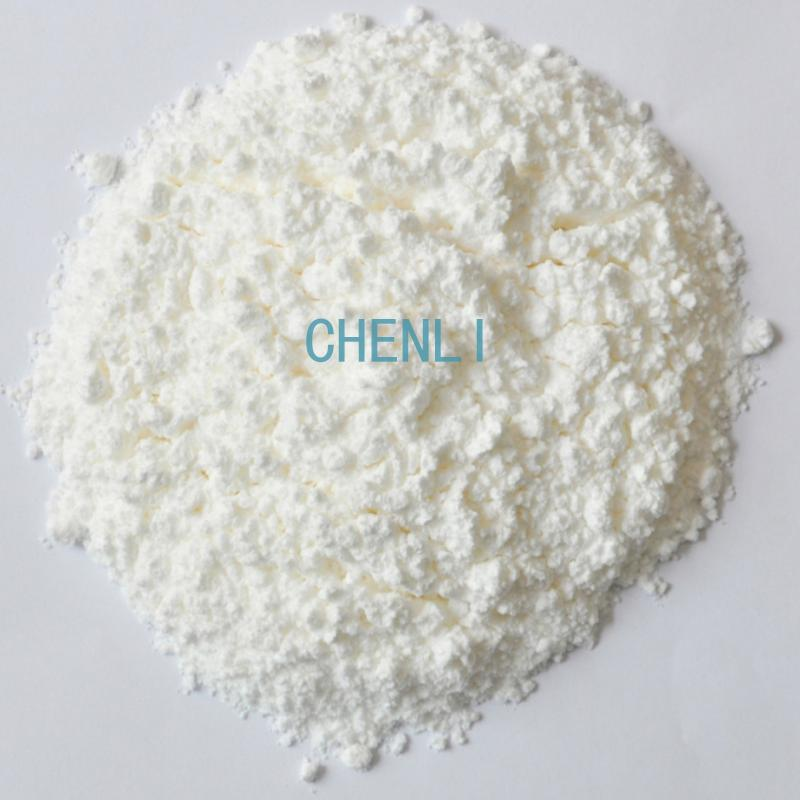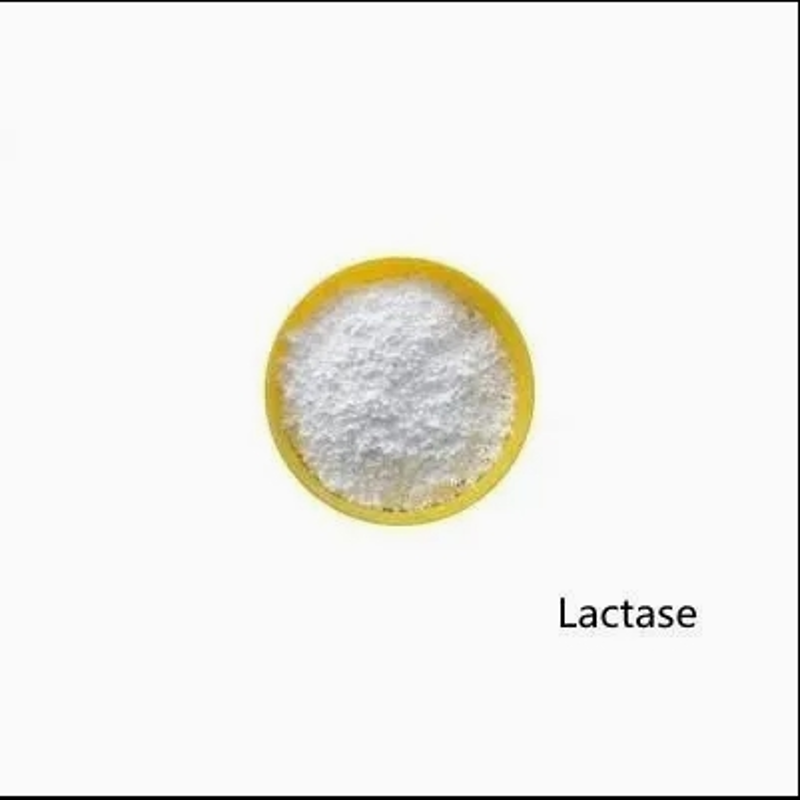-
Categories
-
Pharmaceutical Intermediates
-
Active Pharmaceutical Ingredients
-
Food Additives
- Industrial Coatings
- Agrochemicals
- Dyes and Pigments
- Surfactant
- Flavors and Fragrances
- Chemical Reagents
- Catalyst and Auxiliary
- Natural Products
- Inorganic Chemistry
-
Organic Chemistry
-
Biochemical Engineering
- Analytical Chemistry
-
Cosmetic Ingredient
- Water Treatment Chemical
-
Pharmaceutical Intermediates
Promotion
ECHEMI Mall
Wholesale
Weekly Price
Exhibition
News
-
Trade Service
Food Partners Network News Time flies, 2018 is over, in the past year, the implementation of a lot of food and related standards for the healthy development of the industry.
According to incomplete statistics from the Food Partners Network, there were 695 food and related standards implemented in 2018, including 276 national standards, 75 local standards, 339 industry standards and 5 group standards.
monthly analysis, the largest number of standards were implemented in December, with 130, including 51 national standards, 37 local standards, 41 industry standards and 1 group standard.
followed by 93 food and related implementations in June and 83 food and related standards in September.
, there was no standard implementation in August.
The national standard for food safety (GB2716-2018), which has attracted much attention, was officially implemented on December 21, 2018.
the implementation of this standard, it is expected to end the raw material ratio is not clear, to the second-best industry chaos, promote the establishment of a transparent and standardized consumer environment and market order, leading the industry's high-quality development.
Food Safety National Standard Vegetable Oil is an integrated revision of the Sanitary Standards for Edible Vegetable Oil and the Hygiene Standards for Edible Vegetable Oil Frying.
Compared with the original standard, the main changes are to improve the terminology and definition, remove the base price index of vegetable oil during frying, modify the acid price and solvent residue index, increase the requirements for the naming and labeling of edible vegetable oil.
One of the highlights of the new national standard is the addition of the requirement that "edible plant-toned oil products should be named after 'edible plant-toned oil'" and "food plant-toned oil labels should indicate the proportion of various edible vegetable oils" and encourage the naming and content of fatty acids greater than 2% in the product.
In addition, in accordance with this standard, the State Administration of Market Supervision and Administration, the Ministry of Agriculture and Rural Affairs and the State Health and Health Commission jointly issued the Notice on Strengthening the Management of the Labeling of Edible Vegetable Oil, which requires that the name of edible vegetable oil should reflect the true properties of edible vegetable oil.
a single variety of edible vegetable oil shall use the standard name of the edible vegetable oil, and shall not be mixed with other varieties of oil.
For edible oils made from two or more edible vegetable oils, the product name shall be marked as "edible vegetable oil" in accordance with the provisions of the National Standard for Food Safety Vegetable Oil (GB 2716-2018) and the proportion of various edible vegetable oils shall be indicated on the label.
addition, there are the following standards to pay special attention to: 1. National Standard for Food Safety The maximum residual limit for 43 pesticides such as perch (GB 2763.1-2018): December 21, 2018: The standard was drafted in accordance with the rules given by GB/T 1.1-2009.
At the same time, this standard is GB 2763-2016 "National Standard for Food Safety In food pesticide maximum residue limit" supplement, can be used with GB 2763-2016 "Food Safety National Standard Food Maximum Pesticide Residual Limit" supporting.
the standard specifies a maximum residual limit of 302 for 43 pesticides, such as herbivores, and applies to foods associated with the limit.
the same time, the food category and measurement site (Appendix A) stipulated in the GB 2763-2016 National Standard for Food Safety, Maximum Pesticide Residual Limits in Food Safety, are applicable to this standard.
2. White Sugar (GB/T 317-2018) Implementation Date: September 1, 2018 Content: GB/T 317-2018 White Sugar replaces GB/T 317-2006 White Sugar.
the new recommended standards, the sulfur dioxide index was changed from "6mg/kg to 30mg/kg" as required by GB/T 317-2006 to be in accordance with GB 13104-2014 (less than or equal to 0.1g/kg, i.e. 100mg/kg).
it is understood that in the old recommended standard GB/T 317-2006, the sulfur dioxide index of white sugar according to the "refined" "excellent grade" "level 1" "level two" four grades require less than or equal to 6mg/kg, 15mg/kg, 30mg/kg, 30mg/kg, 30mg/kg.
the classification index of white sugar in the new recommendation standard no longer includes sulfur dioxide, which is classified as a food additive.
, the Food Partners Network specifically reminds the relevant enterprises in the industry to pay close attention to the latest changes in food and related standards, and actively take appropriate measures for enterprise production to avoid unnecessary economic losses.
this article by the food partner network food information center editing, for the reference of netizens, welcome to reproduce, reprint please indicate the source! If you have any questions, news@foodmate.net.
。







